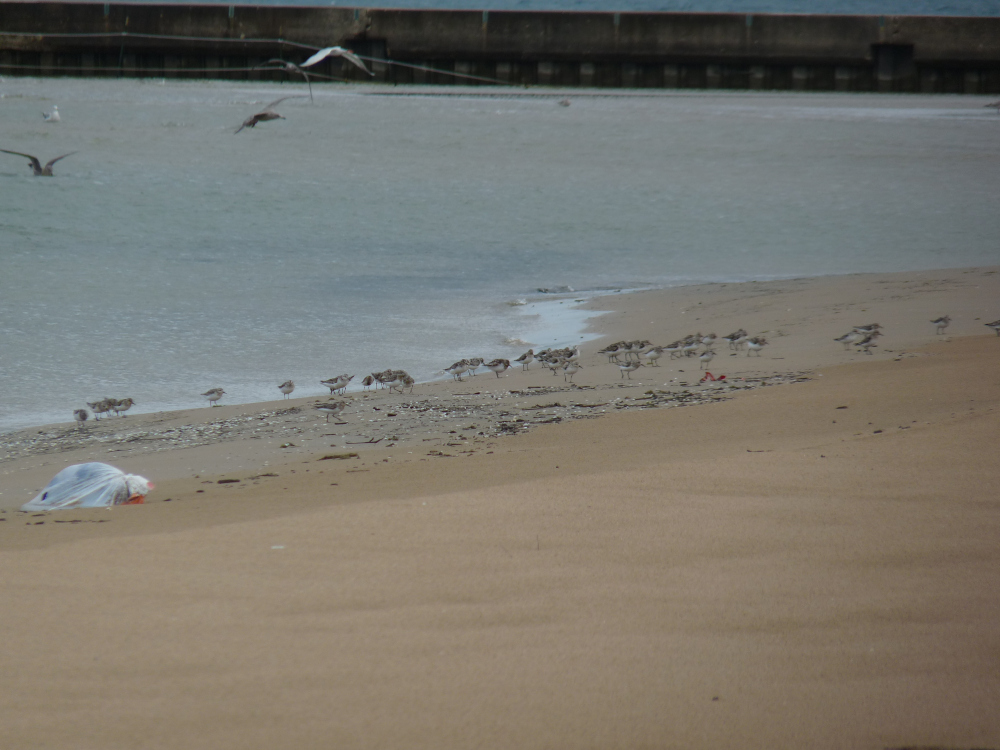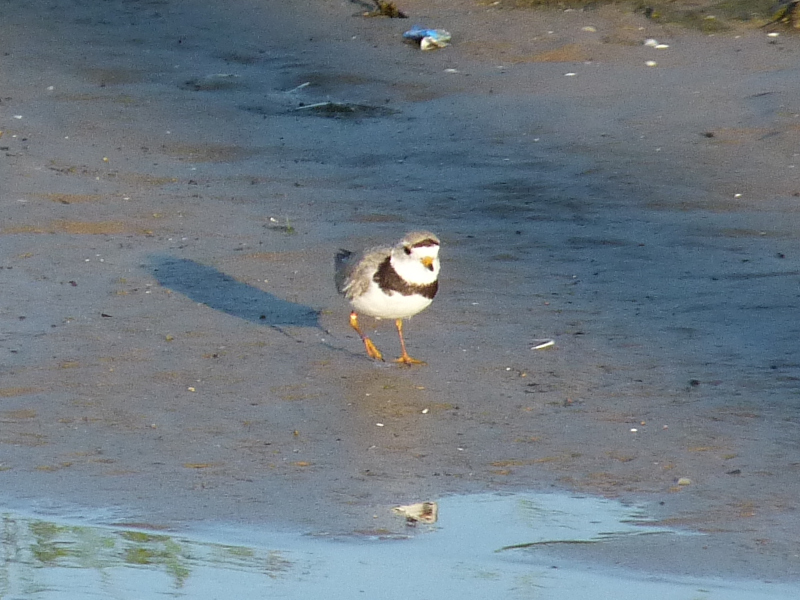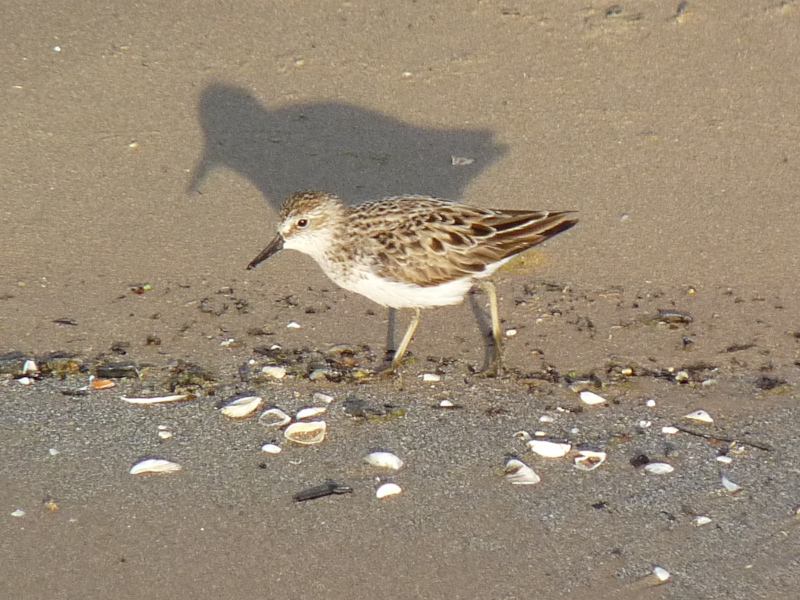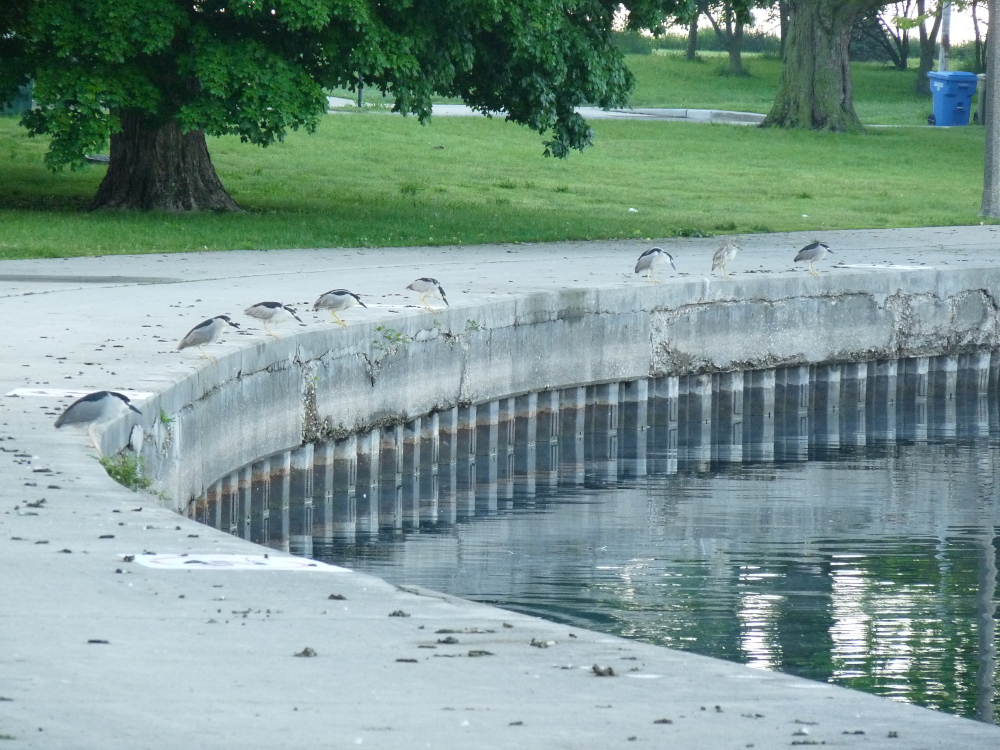An impressive flight of shorebirds took place on the morning of July 24. These birds were probably grounded by the rain that lasted most of the early morning, and may have been moving ahead of an approaching cold front, as migrating summer shorebirds often do. My list includes
Semipalmated Plover – 1
Ruddy Turnstone – 3
Sanderling – 60
Least Sandpiper – 1
Pectoral Sandpiper – 2
Semipalmated Sandpiper – 16
Short-billed Dowitcher – 4
Lesser Yellowlegs – 3
Except for the Sanderlings, most of these birds didn’t stay long. This is typical summer shorebird behavior at Montrose. Link to my eBird checklist for the morning below.
eBird Checklist
July 24, 2022






